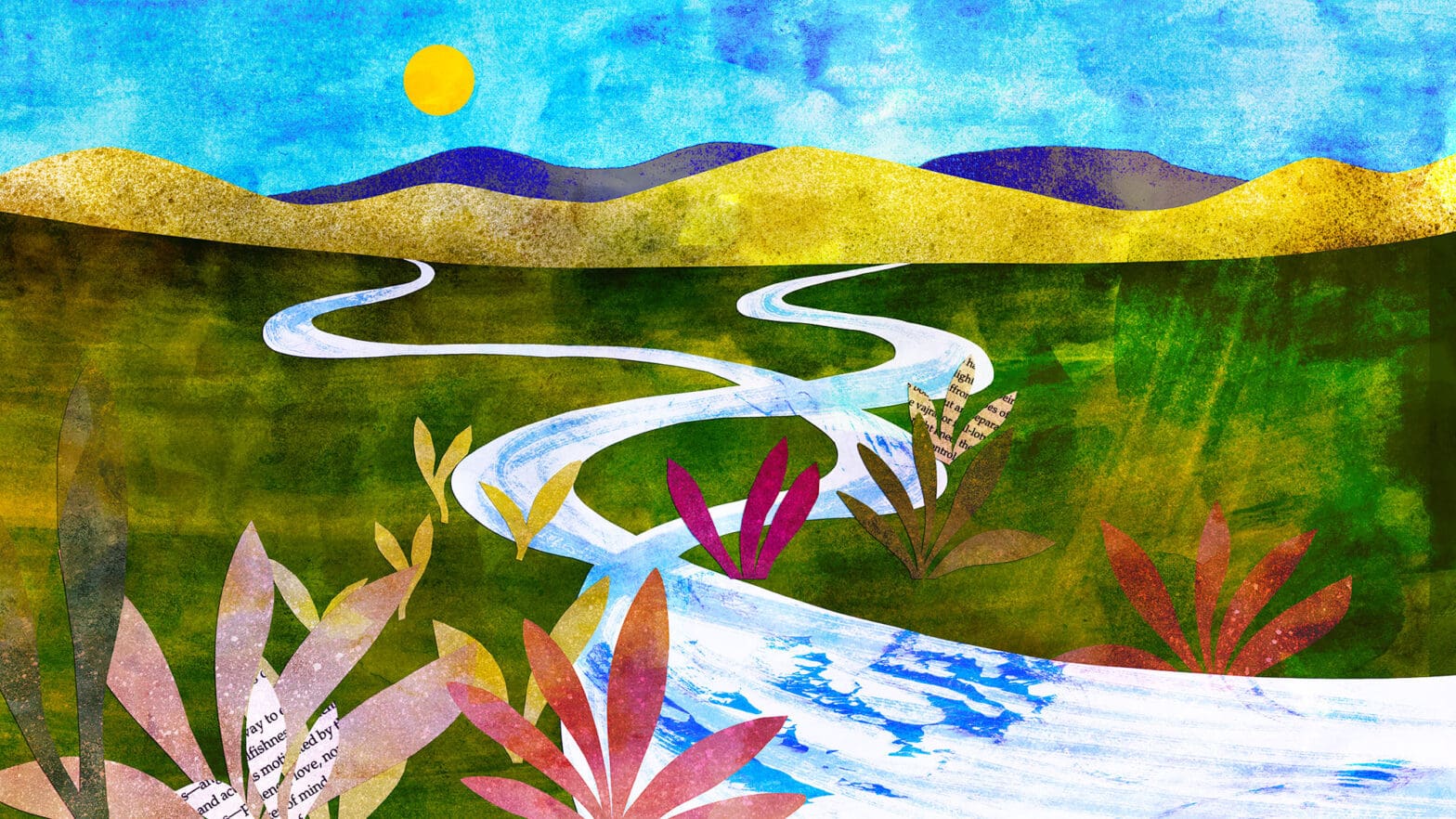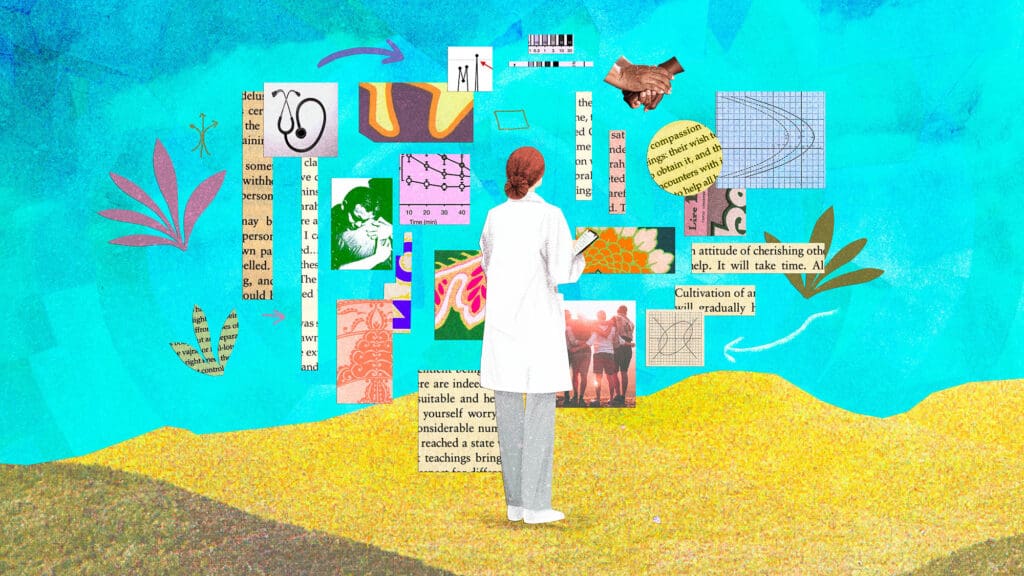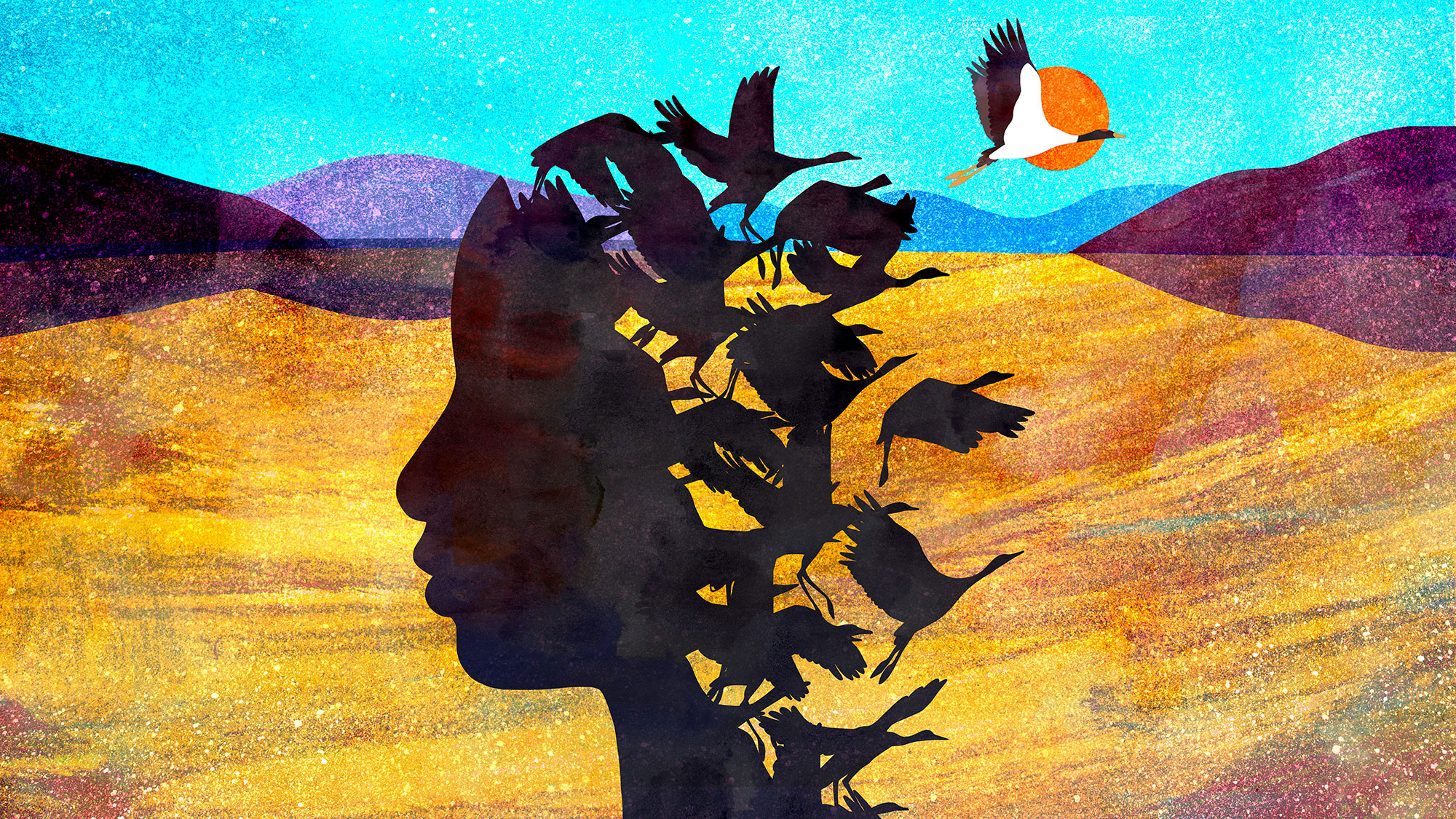It was a clear October day in Dharamsala, India, when the first Mind & Life Dialogue took place at His Holiness the Dalai Lama’s residence some 35 years ago. I was there in my role as translator, and wasn’t quite sure what to expect. I remember the sense of anticipation as we gathered around the living room table. Carefully curated by the brilliant Chilean neuroscientist Francisco Varela, the conversation between the Dalai Lama and selected scientists turned out to be a truly rich feast. Over the course of five days, the ideas, insights, and modes of inquiry of East and West wove together into a deep mutual engagement. It soon became clear to all of us that this exchange between Buddhism and science held exciting promise for mutual enrichment. Not only that, but there was a sense that the fruits of such an encounter could have important implications for humanity itself.
By the time the second Mind & Life Dialogue took place in 1989, it was no longer seen as a personal conversation between the Dalai Lama and a few scientists. Rather, it came to be viewed as an exchange between two investigative traditions—Buddhist thought and contemporary Western science. Given this unique convergence, careful attention was paid to the nature of the dialogue itself, and we held several goals and agreements in mind:
- That it gives equal respect to the integrity of each of the investigative traditions, with no urge on any part to reduce the other into one’s own paradigm;
- that the two sides come into conversation with openness to learning from each other; and
- that the conversations be motivated by the shared higher goal of serving humanity through expanding horizons of knowledge and its applications.
When these dialogues began in 1987, I admit I was a bit skeptical. I had been trained as a Buddhist monastic, well versed in philosophy, logic, and debate, but not in science. I didn’t foresee what might come of such an unusual meeting of minds. Over the years, I’ve been fortunate to attend over 30 such dialogues, and my initial hesitation has given way to enthusiasm, appreciation, and inspiration.
Thupten Jinpa elaborates on the origins of the Mind & Life Dialogues with the Dalai Lama and the goals of this historic coming together of Buddhism and Western science. (Video excerpted from Illuminating the Mind.)
One overarching aim of the joint inquiry has been to develop a more comprehensive and integrated scientific understanding of the human mind and its potentials. Both on the part of Buddhism (represented especially by the Dalai Lama), and on the part of science, there was the shared belief that a more integrated understanding of the human mind could shine a clearer light on the patterns and motivations underlying human behavior. Specifically, this integrated approach wove together the brain-based perspective as discovered through science (e.g., third-person) with the mind’s perspective as articulated in Buddhist thought and practice (e.g., first-person). At the same time, the knowledge derived from this integration could be used to inform the development of contemplative programs that could help alleviate suffering and promote greater well-being. It is, therefore, no coincidence that the Dalai Lama has been one of the most vocal advocates of the development of secular adaptations of Buddhist-derived mind-based practices, such as mindfulness, emotion regulation, compassion, and loving kindness.
Buddhism and science turned out to be quite well-suited for a deep conversation through the Mind & Life Dialogues. On the methodological level, both Buddhism and science share a commitment to empirical evidence, and to making inferences rooted in such evidence. In fact, Buddhism is notorious for relegating scripture to the last of its three formally recognized sources of knowledge (direct experience, inference, and scriptural authority), an unusual stance for a religion. Philosophically too, Buddhism and science both reject blind faith to authority, embracing causality as the ultimate explanatory principle of reality.
At the same time, Buddhism and science are two very different disciplines, each with its own history, philosophical worldview, agendas, and goals. Buddhism is primarily interested in ethics and the attainment of enlightenment, and its rich inquiry into reality is a means to that end. Science, on the other hand, is first and foremost a discipline of exploring the nature of reality, with the aim of understanding the laws and principles that govern it. In that sense, one could say that what science primarily seeks to develop is descriptive, but Buddhism aims primarily at the prescriptive.
What inspires me most from the Mind & Life Dialogues is the promise they hold for giving rise to new insights on the human mind and its potential, which then informs creative development of programs and practices that promote well-being and help alleviate suffering. The beauty of such mind-based practices like mindfulness and compassion is that they can be adopted and applied by anyone, thus empowering individuals to have a hand in improving their own well-being. It’s this inspiration that led me to develop Compassion Cultivation Training at Stanford, a formal protocol that is today being adapted for healthcare professionals, peace officers, and K-12 teachers.
Thupten Jinpa reflects on the invaluable knowledge and practical applications that have emerged from the bridging of Buddhism and science. (Video excerpted from Illuminating the Mind.)
From my perspective, it is these dialogues between Buddhism and science that laid the fertile soil for the birth, blossoming, and spreading of today’s offerings in the domains of mindfulness, compassion, and emotion regulation, which are the source of benefit and mental well-being for so many across the world. And more broadly, the open, warm-hearted, and genuine exchange between differing worldviews that these dialogues have embraced is surely a model for what is needed as we join together to meet the many challenges in today’s world.
Thupten Jinpa shares how he met the Dalai Lama and more on the dialogue between Buddhism and science.
Have something to share? Email us at insights@mindandlife.org.
Support our work with a gift to Mind & Life.
 The Mind & Life Institute
The Mind & Life Institute




